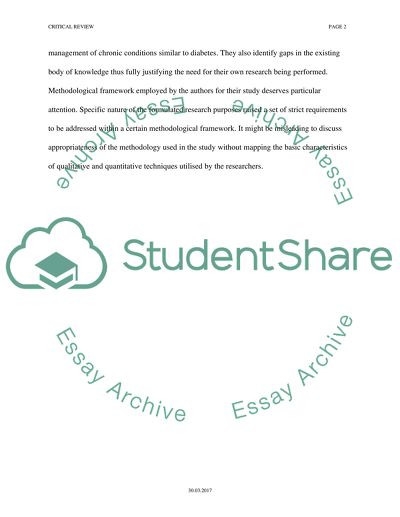Cite this document
(“Introduction to the research process Essay Example | Topics and Well Written Essays - 2000 words”, n.d.)
Retrieved from https://studentshare.org/miscellaneous/1534877-introduction-to-the-research-process
Retrieved from https://studentshare.org/miscellaneous/1534877-introduction-to-the-research-process
(Introduction to the Research Process Essay Example | Topics and Well Written Essays - 2000 Words)
https://studentshare.org/miscellaneous/1534877-introduction-to-the-research-process.
https://studentshare.org/miscellaneous/1534877-introduction-to-the-research-process.
“Introduction to the Research Process Essay Example | Topics and Well Written Essays - 2000 Words”, n.d. https://studentshare.org/miscellaneous/1534877-introduction-to-the-research-process.


